Anamorphic Widescreen = automatically squeezing/stretching a widescreen DVD video to fit a 16:9 widescreen television.
Non-Anamorphic Widescreen = no squeezing/stretching of DVD video.
Since these days 16:9 widescreen monitors are normal commonplace, I will only show examples of DVDs played back in relation to a 16:9 widescreen monitor.
A non-anamorphic 1:33:1 (Academy Ratio) image on a widescreen monitor will look like this:
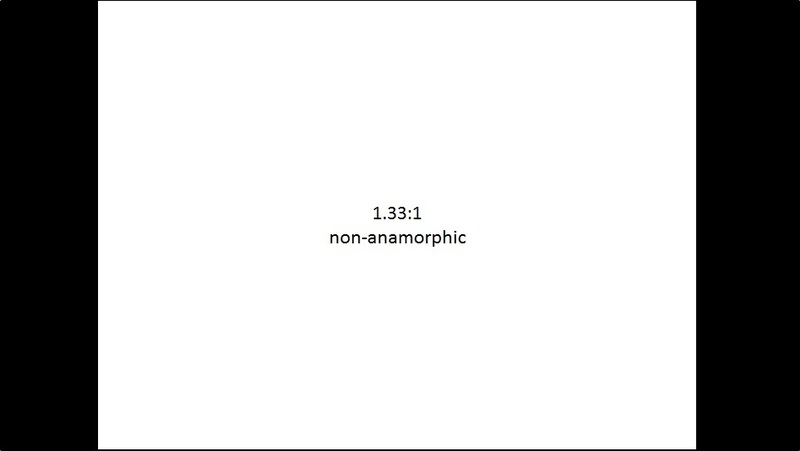
An anamorphic 1.66:1 (European Widescreen Ratio) image on a widescreen monitor will look like this (thin black bars on the side):
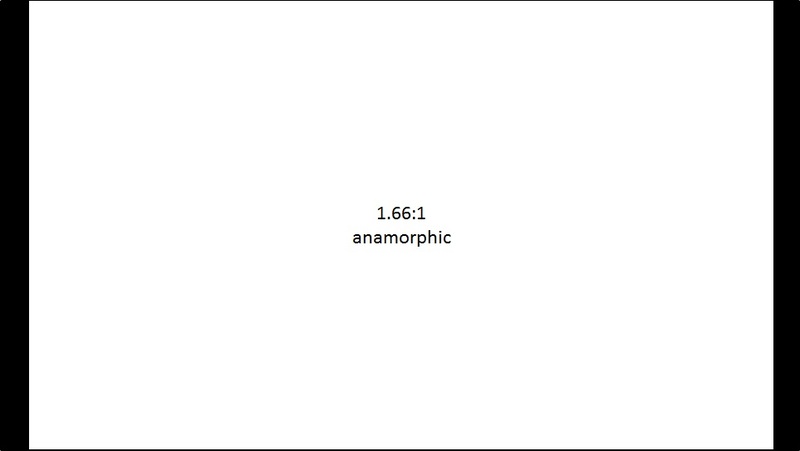
An anamorphic 1.78:1 (HD standard) image on a widescreen monitor will look like this (no black bars):
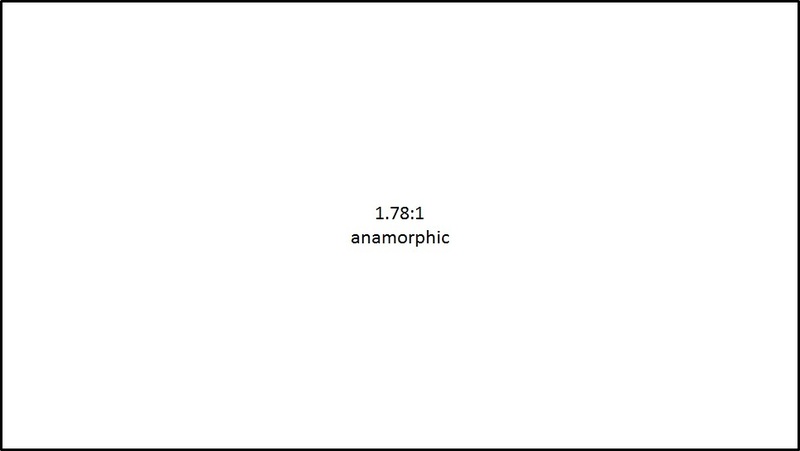
An anamorphic 1.85:1 (standard theatrical widescreen ratio) image will look like this (thin black bars on the top and bottom):
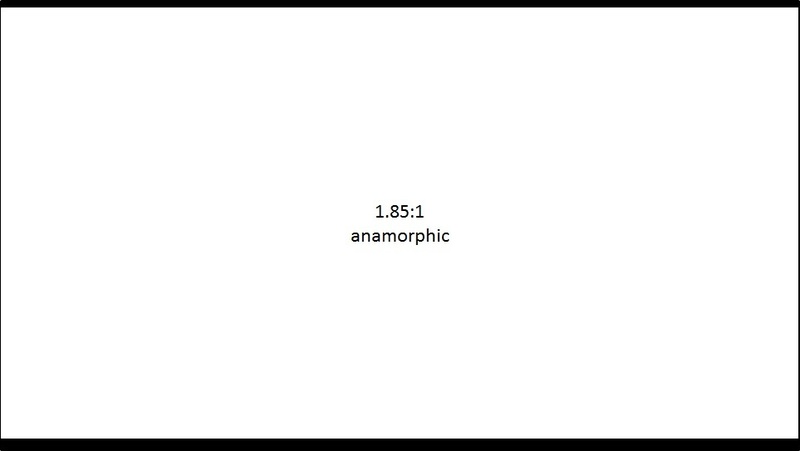
An anamorphic 2.40:1 (cinemascope ratio) image will look like this:
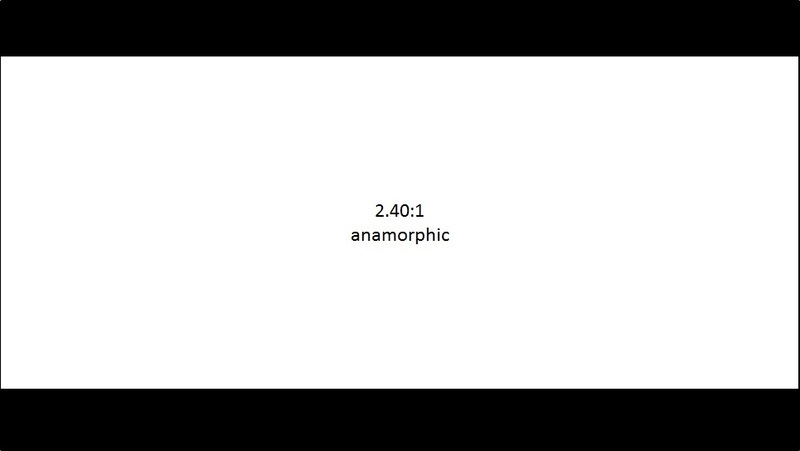
For non-anamorphic widescreen images, they are not streched to fill the screen, but kept within the 1.33:1 frame, with large black bars on all four sides:
A non-anamorphic 1:66:1 image on a widescreen monitor will look like this:
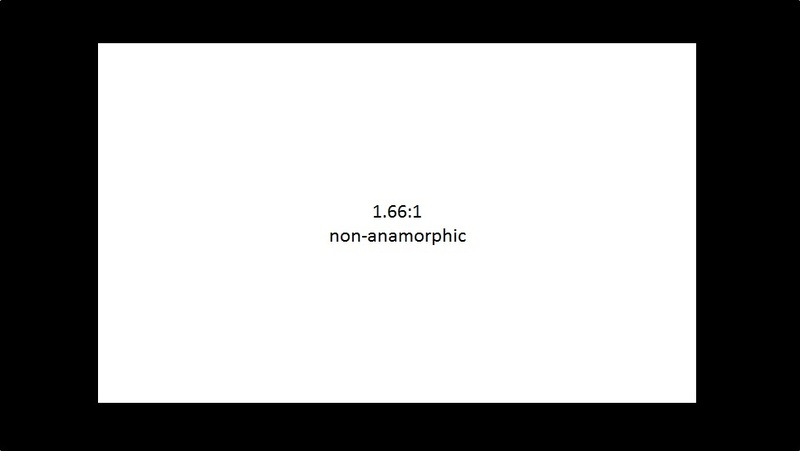
A non-anamorphic 1:78:1 image on a widescreen monitor will look like this:
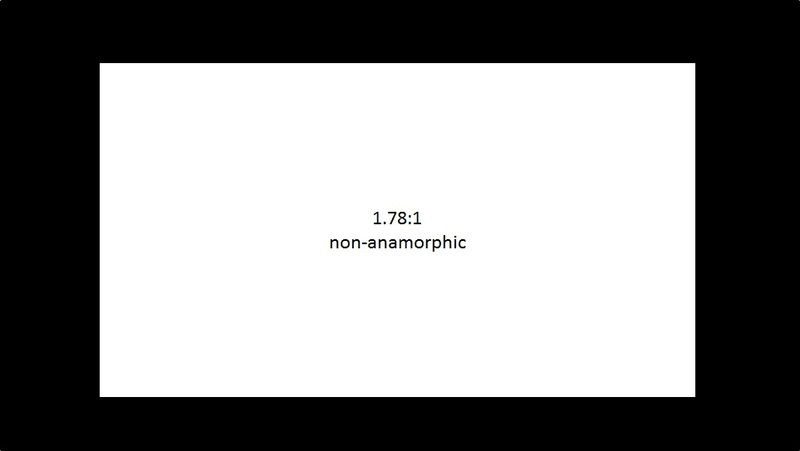
A non-anamorphic 1:85:1 image on a widescreen monitor will look like this (not so different from 1.78:1 by glancing):
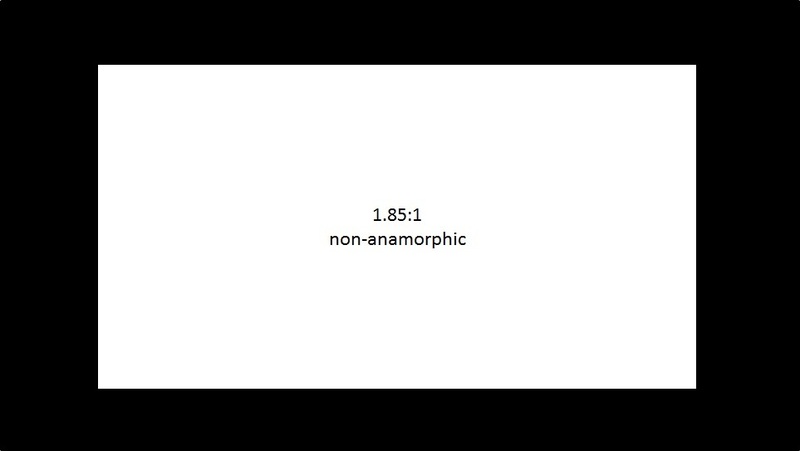
A non-anamorphic 2.40:1 image on a widescreen monitor will look like this:
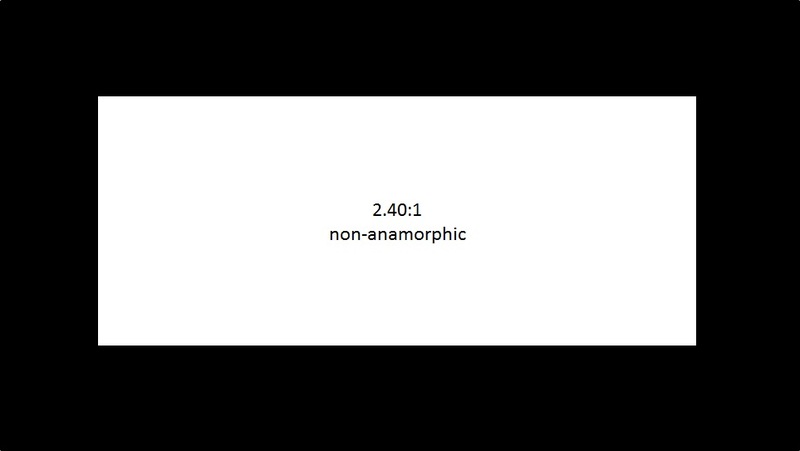
In addition, there are other varying aspect ratios - 1.19:1, 1.37:1, 2.35:1, 2.76:1, etc.
Note for Blu-rays there is no anamorphic stretching/squeezing process, as everything is encoded within a 16:9 frame only. There may be some video (like vintage featurettes) with black boxes around the frame like above, which would be "Windowboxed". (Windowboxed 1.78:1, etc)
